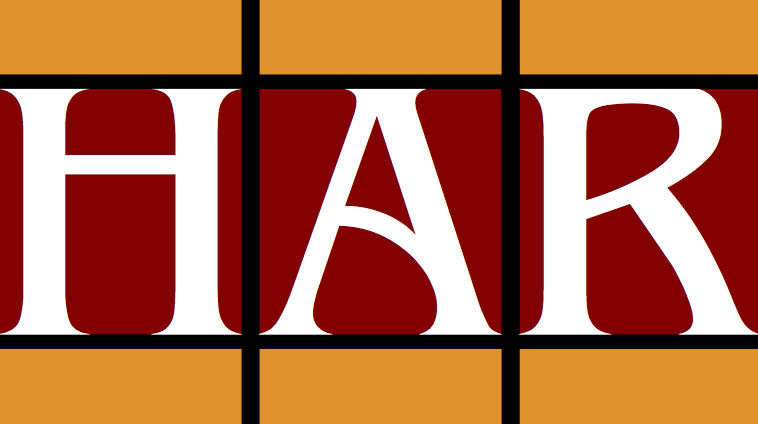Tibetan Buddhist scholar recognized as the eighth Tai Si tu incarnation, remembered for his wide learning and his editorial work on the Tibetan Buddhist canon. He traveled extensively throughout his life, maintaining strong relationships with the ruling elite of eastern Tibet and the Newar Buddhists of the Kathmandu Valley. Born in the eastern Tibetan region of Sde dge, Chos kyi 'byung gnas was recognized as a reincarnate lama (sprul sku) by the eighth Zhwa dmar, from whom he received his first vows. He would go on to study with Kah thog Rigs 'dzin Tshe dbang nor bu (1698–1755), from whom he learned about gzhan stong (“other emptiness”). At the age of twenty-one, he accompanied several important Bka' brgyud hierarchs, the Zhwa dmar and the twelfth Karma pa, to Kathmandu, a journey that was to have a profound impact on the young Si tu's life. He returned to eastern Tibet in 1724, where he was received favorably by the king of Sde dge, Bstan pa tshe ring (Tenpa Tsering, 1678–1738). Under the latter's patronage, Chos kyi 'byung gnas founded Dpal spungs monastery in 1727, which became the new seat for the Si tu lineage (they are sometimes called the Dpal spungs si tu). Between the years 1731 and 1733, he undertook the monumental task of editing and correcting a new redaction of the bka' 'gyur section of the Tibetan Buddhist canon, to be published at the printing house of Sde dge. Although in his day Tibetan knowledge of Indian linguistic traditions had waned, Chos kyi 'byung gnas devoted much of his later life to the study of Sanskrit grammar and literature, which he had first studied with Newar paṇḍitas during his time in Kathmandu. He sought out new Sanskrit manuscripts in order to establish more precise translations of Sanskrit works aiready translated in the Tibetan canon; he is esteemed in Tibet for his knowledge of Sanskrit grammar. In addition to his prolific scholarly work, Chos kyi 'byung gnas was an accomplished painter as well as a gifted physician, much sought after by the aristocracy of eastern Tibet. In 1748, he visited Nepal once again, where he translated the Svayambhūpurāṇa, the legends concerning the Svayambhū stūpa, into Tibetan. He was received amicably by the rulers Jayaprakāśamalla (1736–1768) of Kathmandu, Raṇajitamalla (1722–1769) of what is now Bhaktapur, and Pṛthvīnārāyaṇa Śāha, who would unify the Kathmandu Valley under Gorkhali rule several decades later. Chos kyi 'byung gnas' collected writings cover a vast range of subjects including lengthy and detailed diaries and an important history of the Karma bka' brgyud sect coauthored by his disciple Be lo Tshe dbang kun khyab (Belo Tsewang Kunkyap, b. 1718). He is retrospectively identified as an originator of what would become known as Khams ris med movement, which gained momentum in early nineteenth century Sde dge. (Source: "Chos kyi 'byung gnas." In The Princeton Dictionary of Buddhism, 189. Princeton University Press, 2014)
Mentioned in
Introduction to Other-Emptiness and the Great Middle Way
Ostensen, Mort. "Introduction to Other-Emptiness and the Great Middle Way." Buddha-Nature: A Tsadra Foundation Initiative, August 23rd, 2019. https://buddhanature.tsadra.org/index.php/Articles/Introduction_to_Other-Emptiness_and_the_Great_Middle_Way.
Ostensen, Mort. "Introduction to Other-Emptiness and the Great Middle Way." Buddha-Nature: A Tsadra Foundation Initiative, August 23rd, 2019. https://buddhanature.tsadra.org/index.php/Articles/Introduction_to_Other-Emptiness_and_the_Great_Middle_Way.
The ''Uttaratantra'' and Mahāmudrā
Brunnhölzl, Karl. "The Uttaratantra and Mahāmudrā." In When the Clouds Part: The Uttaratantra and Its Meditative Tradition as a Bridge between Sūtra and Tantra, 151–282. Boston: Snow Lion Publications, 2014.
As stated before, texts such as CMW, those by Mönlam Tsültrim, GC, the Eighth Karmapa’s Lamp, and GISM all establish connections between the Uttaratantra and Mahāmudrā. Such connections are also found in a number of Indian and Tibetan Mahāmudrā works. Usually, these connections are made in the wider context of the Mahāmudrā approaches that came to be called "sūtra Mahāmudrā" or "essence Mahāmudrā" (the Mahāmudrā approach that is beyond "sūtra Mahāmudrā" and "tantra Mahāmudrā").
Other names
- ཏའི་སི་ཏུ་བརྒྱད་པ་ · other names (Tibetan)
- བསྟན་པའི་ཉིན་བྱེད་ · other names (Tibetan)
- གཙུག་ལག་ཆོས་ཀྱི་སྣང་བ་ · other names (Tibetan)
- སི་ཏུ་པཎ་ཆེན་ཆོས་ཀྱི་འབྱུང་གནས་ · other names (Tibetan)
- ta'i si tu brgyad pa · other names (Wylie)
- bstan pa'i nyin byed · other names (Wylie)
- gtsug lag chos kyi snang ba · other names (Wylie)
- si tu paN chen chos kyi 'byung gnas · other names (Wylie)
- Tai Situpa, 8th · other names
Affiliations & relations
- Karma Kagyu · religious affiliation
- Tai Situpa, 7th · emanation of
- Tai Situpa, 9th · incarnation
- Karmapa, 12th · teacher
- Shamarpa, 8th · teacher
- KaH thog rig 'dzin tshe dbang nor bu · teacher
- Khams pa ngag dbang kun dga' bstan 'dzin · teacher
- Rwa ston stobs ldan rdo rje · teacher
- Yon dge mi 'gyur rdo rje · teacher
- de'u dmar dge bshes bstan 'dzin phun tshogs · teacher
- Karmapa, 13th · student
- Pawo Rinpoche, 7th · student
- Rig 'dzin thugs kyi rdo rje · student
- Drukchen, 8th · student
- Rta mgrin mgon po · student
- Ta'u rong pa rog rje gling pa · student
- bstan 'dzin chos kyi nyi ma · student
- karma nges legs bstan 'dzin · student
- zur mang tshe dbang kun khyab · student





